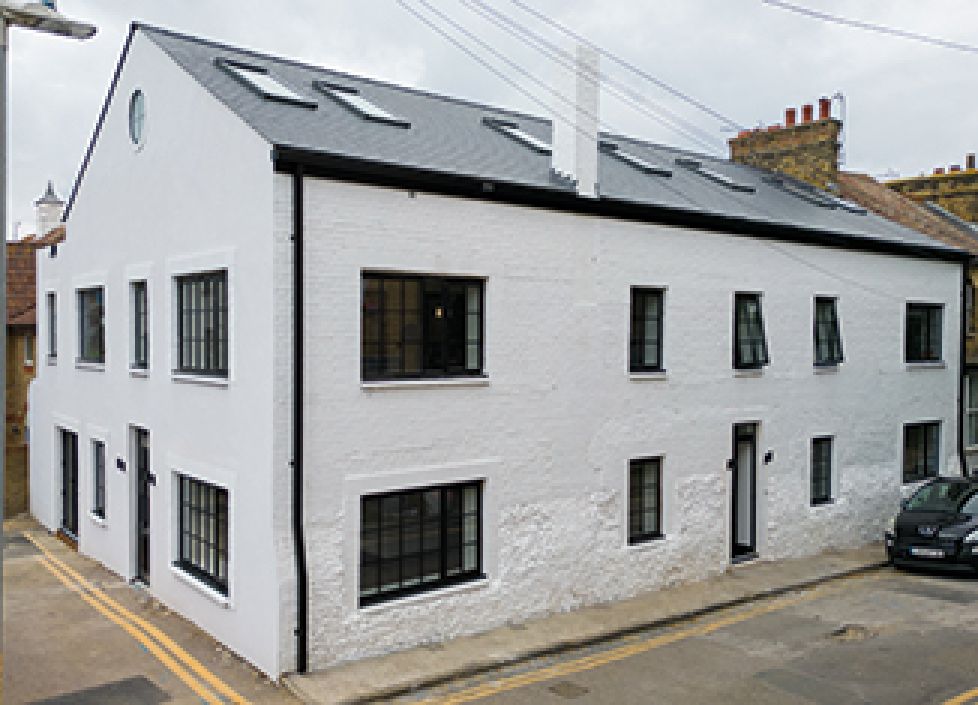Build to Rent’s resilient performance throughout 2020 has continued to attract new investors this year, which is putting downward pressure on yields, according to the latest Build to Rent update from Savills.
The strong performance of the sector over the past 18 months is driving increased investor appetite and a wave of new entrants. In recent years, prime Build to Rent (BtR) yields have remained broadly stable. In spite of the economic headwinds through 2020 and early 2021, the sector delivered resilient income returns. Savills says that high occupancy levels and rent collection have also supported pricing but there are signs that we are on the cusp of further yield compression in the sector.
The firm reported: ‘This year began with Goldman Sachs making their debut, acquiring the Thistle Portfolio. This has been followed in recent months by Heimstaden Bostad’s debut in Birmingham and Macquarie Bank launching their own platform, Goodstone. We expect this increased competition from investors to put downward pressure on
yields for the best assets. This will especially be the case for income-producing, stabilised assets. A common theme over recent years has been a lack of these opportunities. When they do come to market they attract significant competition, as evidenced by the Thistle Portfolio.’
Savills sites the drop in yields seen in industrial property thanks to new investors entering the sector, adding that yields for prime distribution and multi-let estates have been falling since 2016 and are now both at 3.5%, a drop of 100 bps and 75 bps respectively over the past year alone. As a result, prime industrial assets now attract the same yield as a prime London BtR asset. In 2016, industrial yields were 100–125 bps higher than London BtR.
Strong investor appetite and competition has also driven down residential yields across other European markets. Berlin has seen prime yields fall by 40 bps over the past 12 months, while Stockholm is down by 55 bps to 3.25%. This means only Warsaw and Dublin have higher prime yields than London.



















